No content results match your keyword.
Content
You have successfully logged out.
Not registered yet?
Clean, Clear Connection

Caresite® needlefree connector with positive displacement technology is designed to help reduce catheter occlusions, protect healthcare workers from accidental needlestick injuries and offers proven superior disinfection1, helping to achieve the optimum closed system.
Needlefree devices can be grouped into two categories; those that permit blood reflux upon detachment of a luer connector and those that don’t. The non-blood reflux needlefree connectors, those with positive displacement, instead, clear the catheter of blood. Understanding needlefree fluid displacement types can help you make the most informed choice for ensuring best care for your patient.
The Caresite® needlefree connector features positive displacement technology which delivers an automatic bolus of 0.03 ml of flush solution upon disconnection of a flush syringe, helping to prevent blood reflux and promote catheter patency.
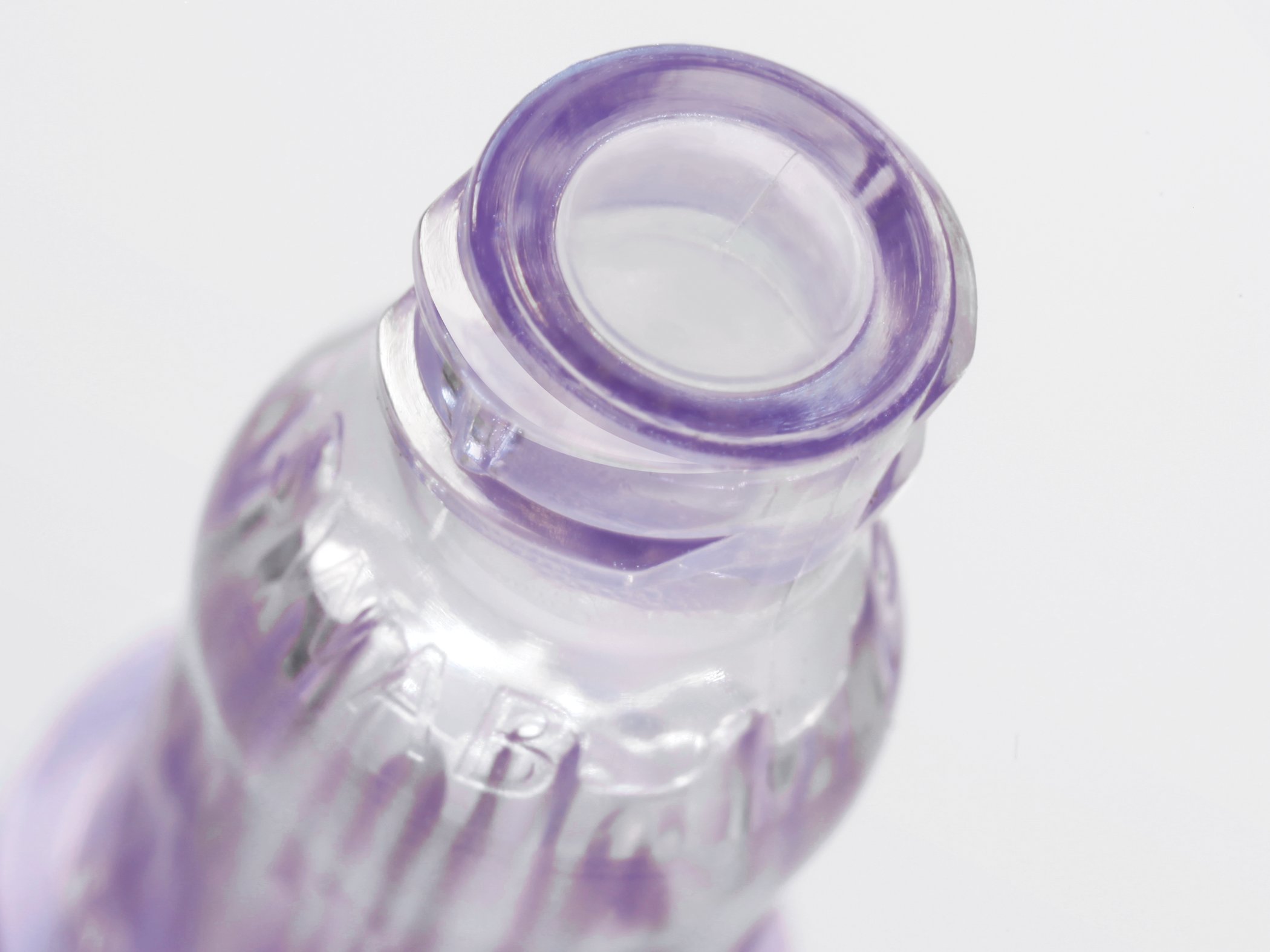
The smooth, flat access surface permits thorough and easy disinfection helping to prevent microbial ingress1.
The clear outer housing provides complete visibility of the fluid path allowing for easy inspection and confirmation of successful flushing.
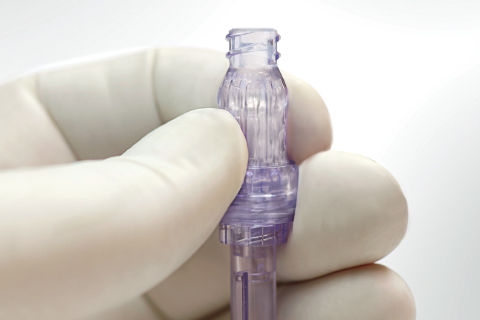
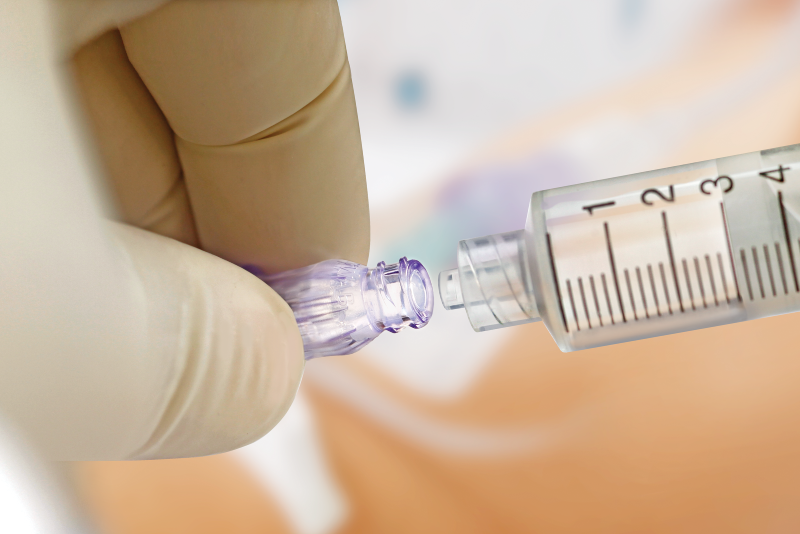
The easy grip barrel is ergonomically designed to minimise finger slips and the risk of Key-Part touch contamination
The Caresite® needlefree valve*, single** and double** extensions are suitable for use with pressure injectors enabling Caresite® to remain attached to the patient’s vascular access device during a CT scan, preventing wastage and unnecessary opening of the patient’s vascular access system and the associated increased risk of infection.
*400psi 15ml/sec **300psi 10ml/sec
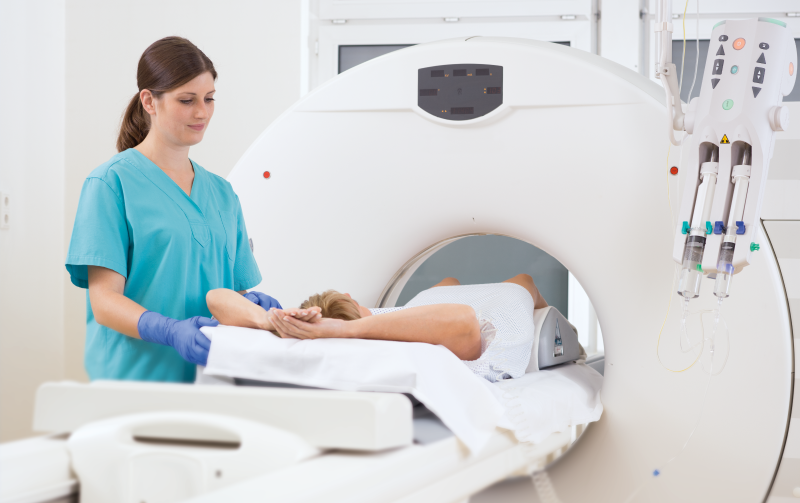
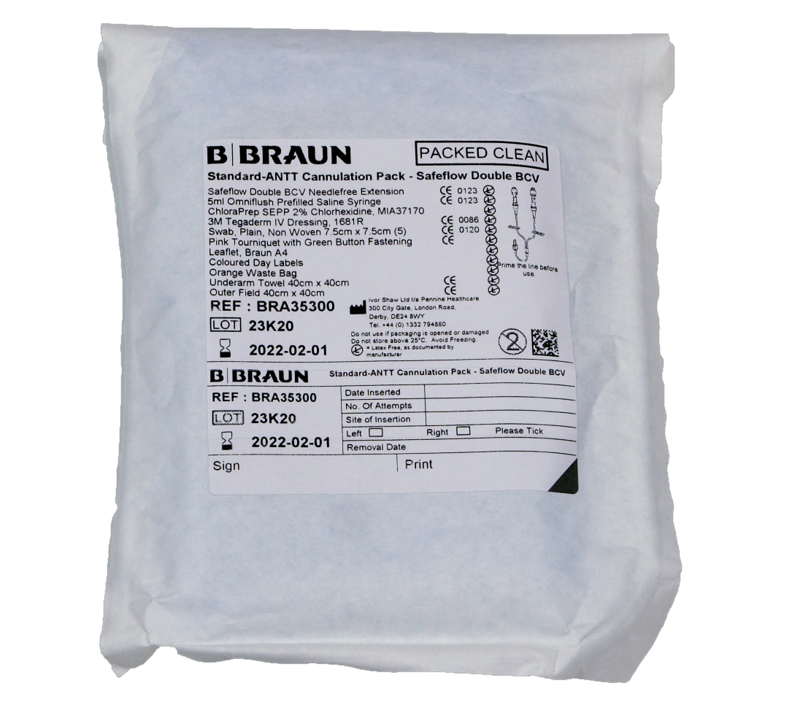
Caresite® is also available as part of a Standard-ANTT Cannulation Procedure Pack, designed to promote effective Aseptic Non Touch Technique (ANTT®), improve efficiencies, use of Micro Critical Aseptic Fields and standardisation of IV cannulation practice.

References
1. Casey, Anna L. et al. “An In Vitro Comparison of Microbial Ingress Into 8 Different Needleless IV Access Devices.” Journal of Infusion Nursing 38 (2015): 18–25.